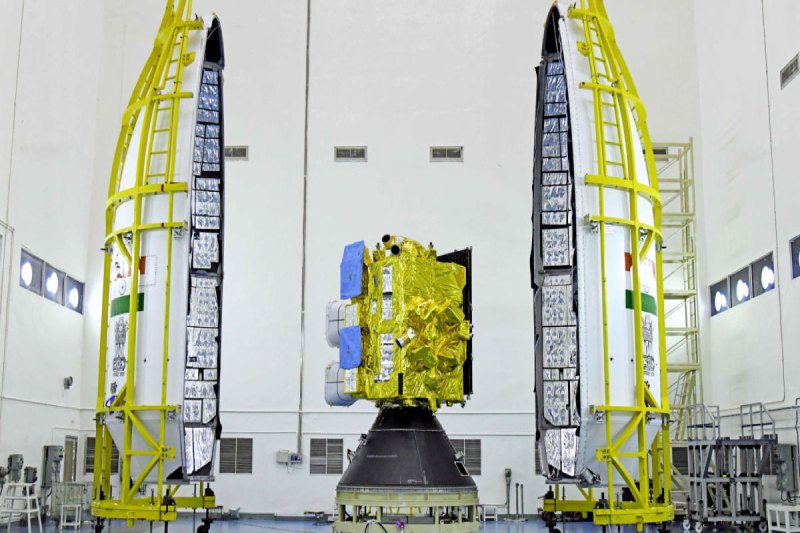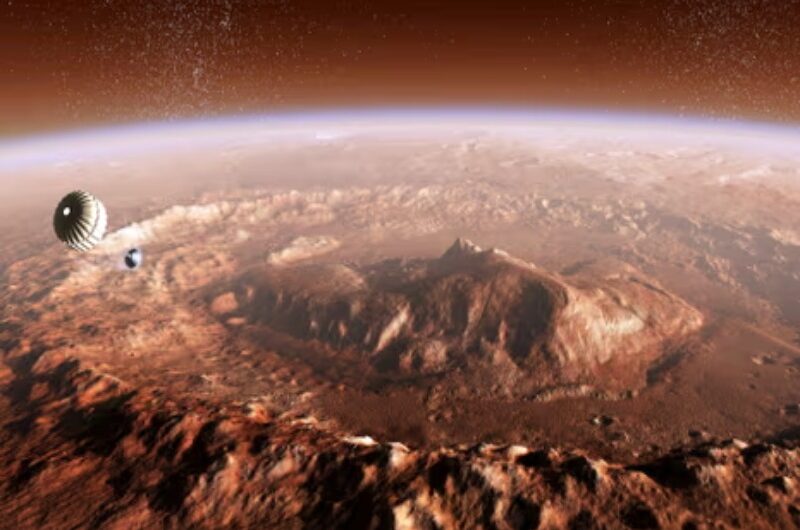You can witness the action live as India prepares to launch a potent weather satellite into orbit on Saturday morning, February 17.
The INSAT-3DS satellite is slated to launch from the Satish Dhawan Space Centre on the southeast coast of India on Saturday at 7:05 a.m. EST (1205 GMT; 5:35 p.m. local India time) atop a Geosynchronous Satellite Launch Vehicle (GSLV).
thanks to the Indian Space Research Organization, or through ISRO directly. First coverage is scheduled for 6:30 a.m. EST (1130 GMT).
The three-stage GSLV will launch INSAT-3DS into geosynchronous transfer orbit (GTO) on Saturday, assuming everything goes as planned. After that, the spacecraft will travel autonomously 22,236 miles (35,786 kilometers) above Earth to reach geostationary orbit.
Satellites at this height complete one orbit in one Earth day, which is the same length of time it takes for our planet to revolve once around its axis. As a result, geostationary spacecraft appear to “hover” over the same area of land; weather and telecommunications satellites are frequently in this orbit.
INSAT-3DS is categorized under the latter. The satellite “is designed for enhanced meteorological observations and monitoring of land and ocean surfaces for weather forecasting and disaster warning,” according to ISRO officials writing in a mission description. The satellite was funded by the Ministry of Earth Sciences in India.
“The satellite will augment the meteorological services along with the presently operational INSAT-3D and INSAT-3DR satellites,” they stated.
The GLSV, which has a height of 169.6 feet (51.7 meters) and a payload capacity of 4,960 pounds (2,250 kg), will launch on Saturday for the 16th time overall.
Recently, India’s ambitious space program has achieved several significant accomplishments. With the launch of the Chandrayaan-3 lander-rover mission in August 2023, for instance, the country became a member of the lunar landing club.
India launched Aditya-L1, its first-ever sun-studying probe, less than a month later. Additionally, the nation launched its first dedicated X-ray astronomy spacecraft, the X-ray Polarimeter Satellite, on January 1st of this year to explore black holes.
Topics #India #Isro #Weather Satellite










